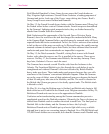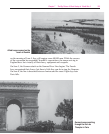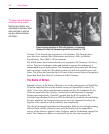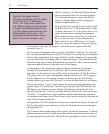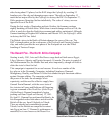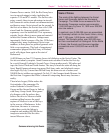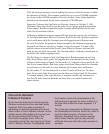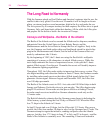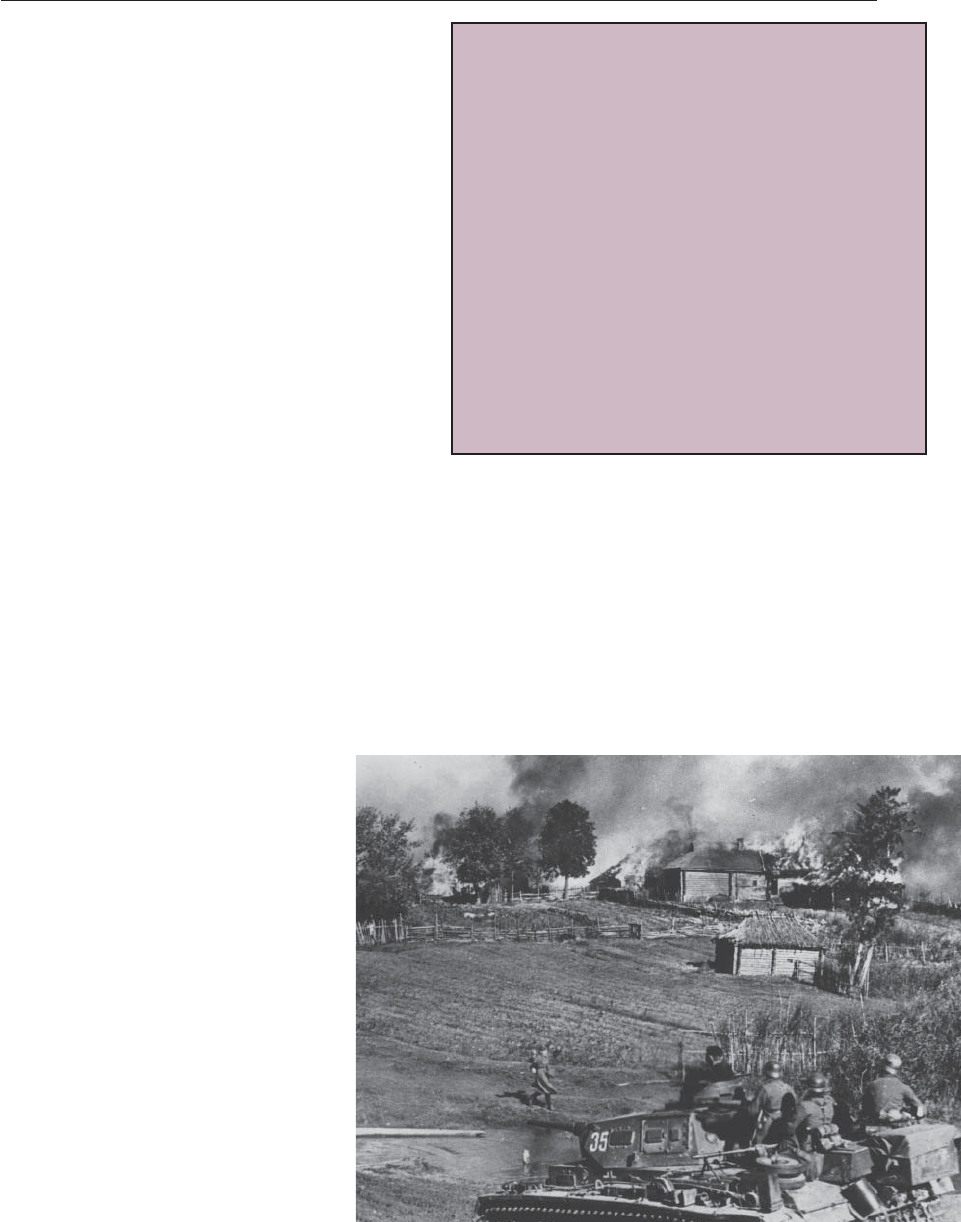
Chapter 7 The Big Picture: A Short History of World War II
131
Scale of Forces
The scale of the fighting between the Soviet
Union and Germany dwarfs the Normandy
Campaign. The Allied forces amassed for the
Normandy Campaign number approximately
1,500,000 men; by June 12, 1944 over 325,000
men are ashore.
In contrast, over 3,000,000 men are assembled
for Germany’s attack on the Soviet Union, along
with 7,100 guns, 3,300 tanks, and 625,000
horses. The Soviets gather over 500,000 men
for their counterattack at Stalingrad. At the Battle
of Kursk, the Soviets and Germans together
concentrate over 2,000,000 men and 6,000
tanks.
German Panzer armies. Still, the Red Army has a
two-to-one advantage in tanks, including the
superior T-34 and KV1 models. The Soviets also
enjoy a nearly three-to-one advantage in aircraft,
but German air strikes knock out communications
and destroy many Soviet aircraft on the ground. In
the first seven hours, the Soviets lose over 1,000
aircraft and the Germans quickly establish air
supremacy over the battlefields. This supremacy
cripples Soviet efforts to move men and materiel
to meet the German offensive. Perhaps more
importantly, Stalin’s purges of the late 1930s have
stripped away many experienced Soviet com-
manders; in their place are political generals with
little or no experience. This lack of experienced
commanders plagued the Red Army in Finland,
and it will plague them again at the start of
Barbarossa.
At 0300 hours on June 22, Germany looses its blitzkrieg on the Soviet Union. The
Soviets are taken by surprise. Some German units advance 40 miles the first day.
In a week General Guderian’s Second Panzer Group pushes nearly 300 miles and
traps the Soviet Third and Tenth Armies. The story is much the same all along the
front: Rapid German advances trap many Red Army units, and wholesale surren-
ders begin. By July 9, more than 40 Red Army divisions are out of action, and
300,000 Soviet soldiers are captured. On July 12, the Germans bomb Moscow for
the first time. It appears that Hitler’s dream of conquering Russia may become a
reality.
Then in late August, Hitler makes his
first mistake of the campaign. He
orders Guderian’s Second Panzer
Group and the Second Army to link up
with Army Group South. Most gener-
als disagree with the orders
they
believe the drive to Moscow should
continue rolling because the rapid
capture of Moscow is one of the keys
to the success of Barbarossa. In the
short term, the move is a success;
within three weeks the linkup is
complete and another 600,000 Soviet
troops are encircled. But the drive
toward Moscow slows.
Germans advancing into Russia




